Singapore has recently reopened its Changi T4 airport after it was closed for over two years due to the pandemic. Last month, AirAsia invited us over to check out the new terminal as it moved its Singapore-based operations from T1 to T4. Changi T4 is currently’s Singapore’s latest terminal and it uses automation and clever design to make air travel a pleasant experience.
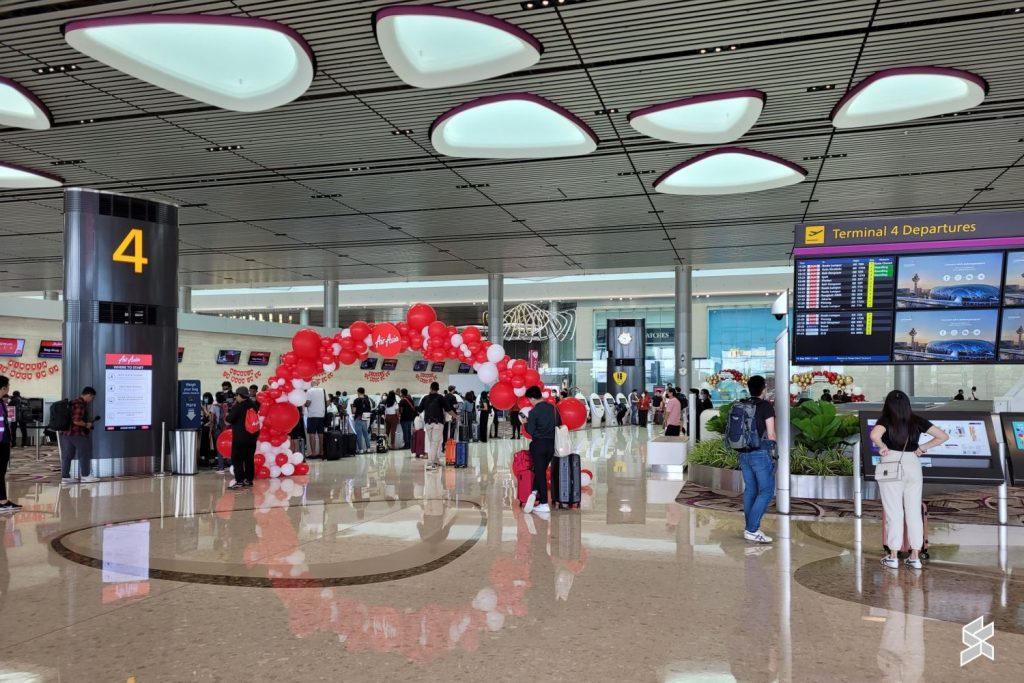
Opened on 31st October 2017, Changi T4 replaces the old Budget Terminal which was designed to cater to low-cost carriers including turboprop operations such as Firefly Airlines. Despite being one-third the size of T3, T4 is able to handle 16 million passengers per annum, which is two-thirds the capacity of T3.
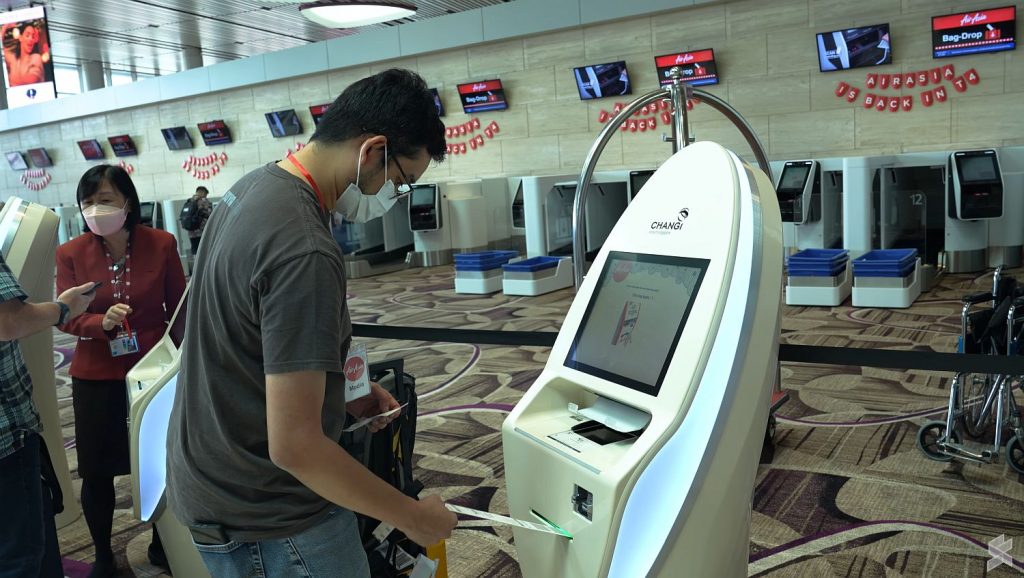
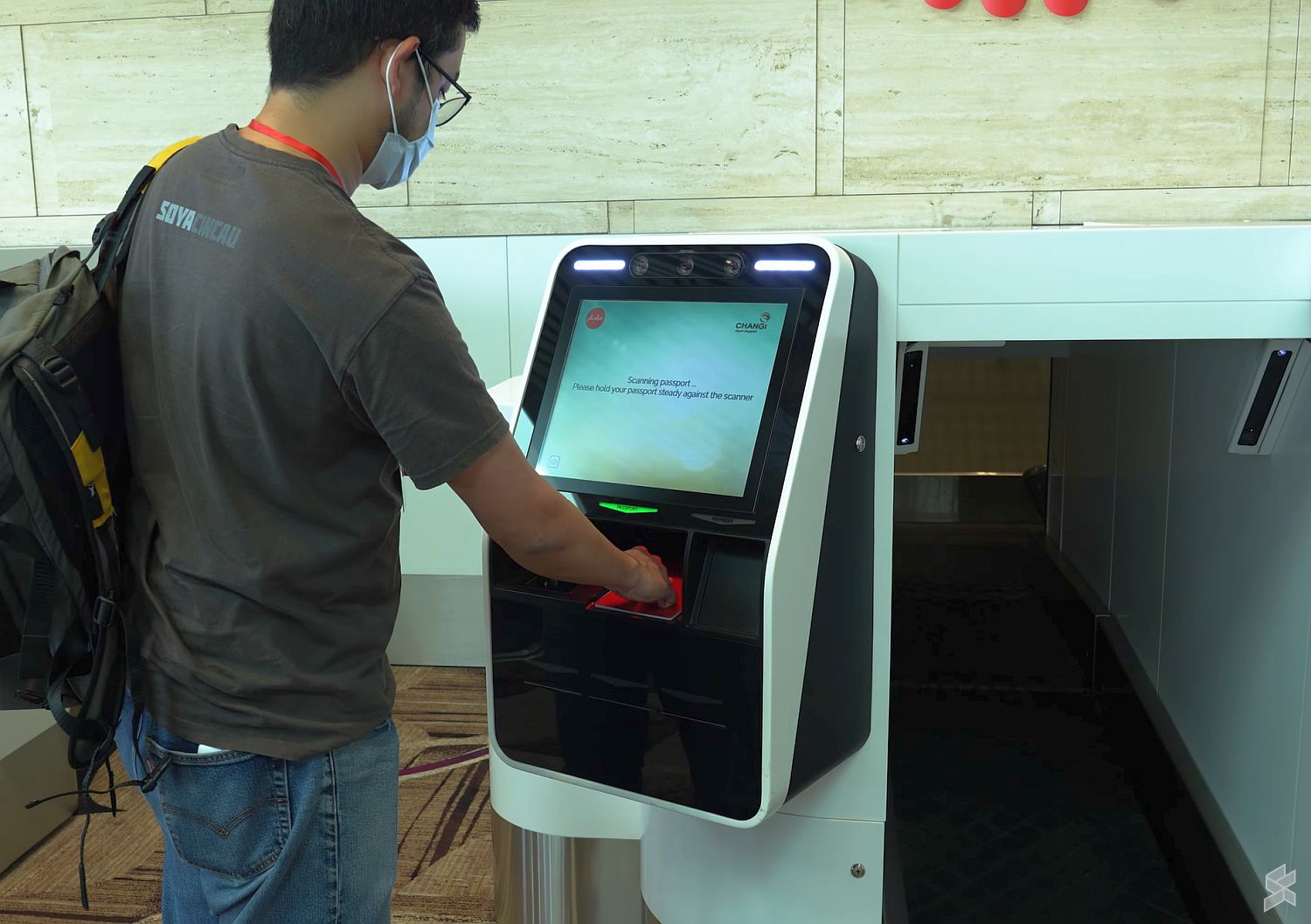
Changi T4 has been described as the model airport of the future for budget airlines. With most airlines moving towards digital touch points and self-service kiosks, T4 has adopted the latest digital technologies such as biometric and 3D baggage scanners to make it more efficient to move as many baggage and people as possible, without requiring a larger workforce of a traditional airport.
Immediately at the departure area, you’ll find rows of self-service check-in counters and automated self-service baggage drop machines. At the moment, the terminal still has a couple rows of manual check-in counters where a staff can assist passengers who have special needs or are having issues with the self-service kiosks. We are told by Changi authorities that these counters are designed to be replaced with self-service kiosks in the future for a fully digital experience. It is also worth highlighting that the baggage drop conveyor belt is positioned lower and closer to the floor, which makes it easier to load heavier items.
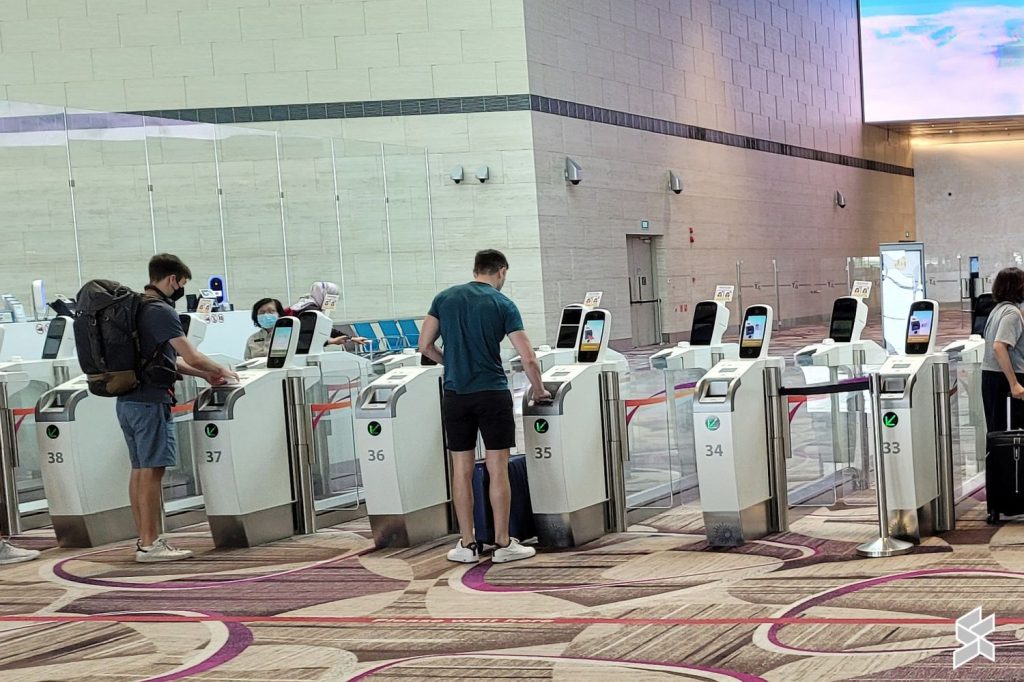
The biggest game-changer is probably T4’s automated immigration system before entering the departure hall. Outgoing passengers are only required to scan their passports and verify using their fingerprint or face, to clear both immigration and security. Not only this provides a seamless experience, but it also reduces the need of having manual checks and a large hall for immigration clearance.
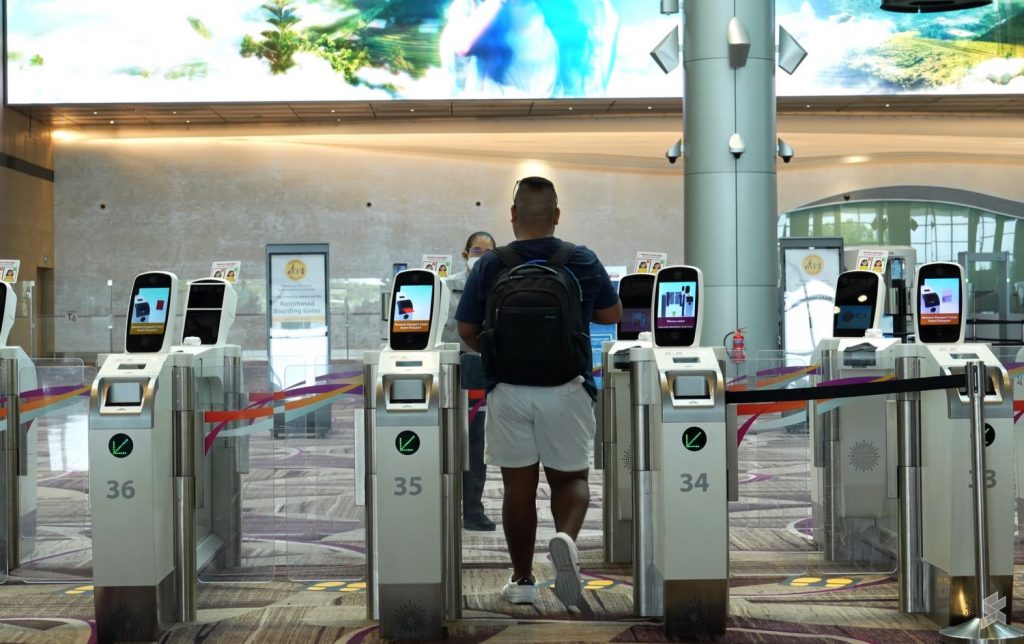
The automated immigration system is open to Singaporeans, permanent residents and registered travellers aged 6 years old and above. If you’ve registered your fingerprints when you enter Singapore, you are able to use the automated immigration facility. There are still manned counters to provide manual immigration clearance.
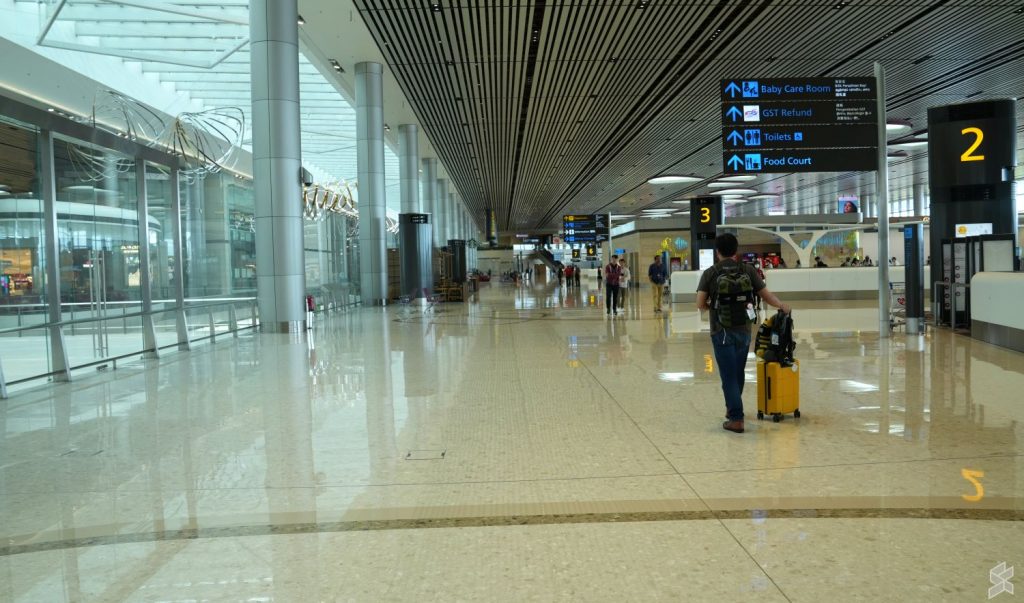

Probably the only touch point which requires human intervention is the security screening area where authorities will need to perform an X-ray scan of your carry-on bag. Unlike most airports, you are not required to take out your laptop or electronics from your bag, which makes it more convenient for frequent travellers.
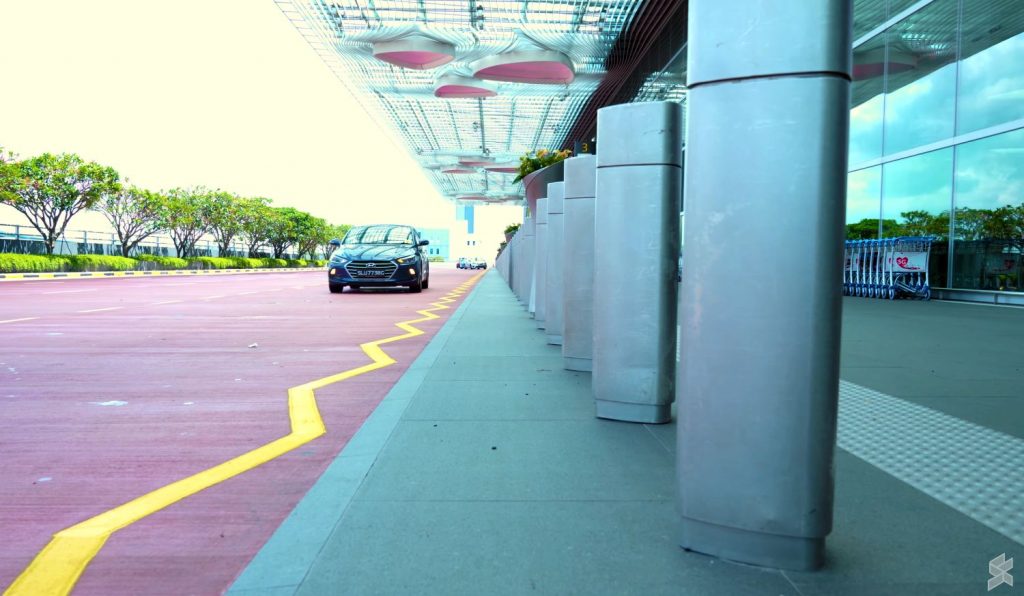
Despite being smaller than other terminals at Changi, you’ll get a sense of a large space at T4 thanks to the use of high ceilings and large glass windows. If you’re arriving by car or bus, the main entrance even has a kerb-less design which makes it easy for you to roll your baggage. Unfortunately, there’s no rail link to other Changi terminals but they do provide complimentary shuttle bus which operates every 6 minutes between T3 and T4 or every 9 minutes between T1/Jewel and T4 during peak hours of 8am to 10pm daily. During off-peak hours, the shuttle buses operate at a lower frequency between 8 to 31 minutes.
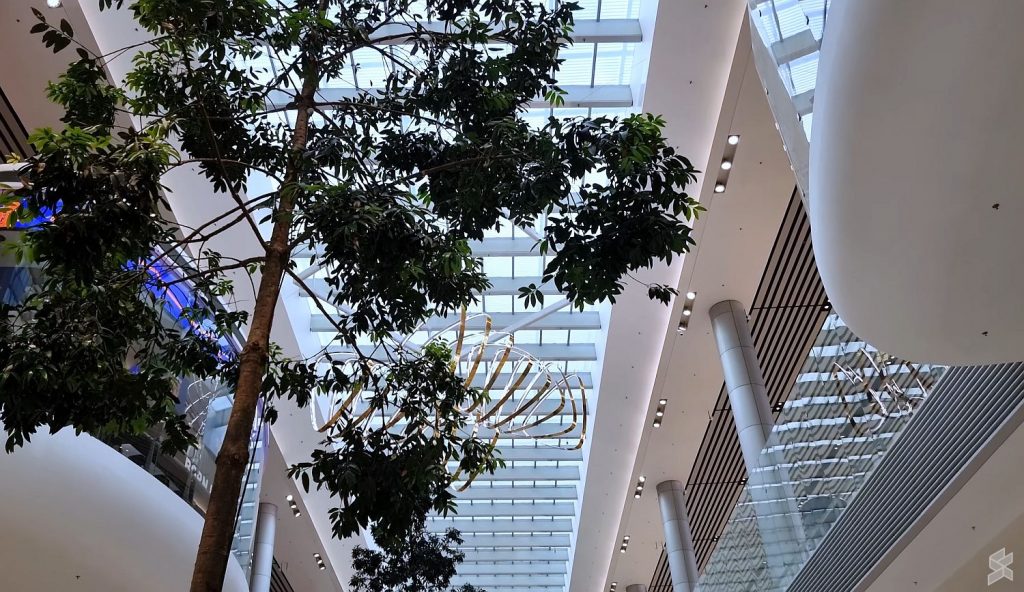
With the orchid as the national flower of Singapore, you’ll find lots of orchid petal designs around the terminal. This includes the glass openings in the ceiling, lights, bollard, carpet and on the walls. There are lots of greenery too which gives you the impression of walking through a park.
T4 also has ample of sitting and work areas to chillout for lone travellers or large families. Besides the variety of restaurants and shops, there are couple of interesting areas including the Chandelier playground and the Heritage Zone which features a large digital screen projecting Peranakan shophouses of Singapore in the 1930s.
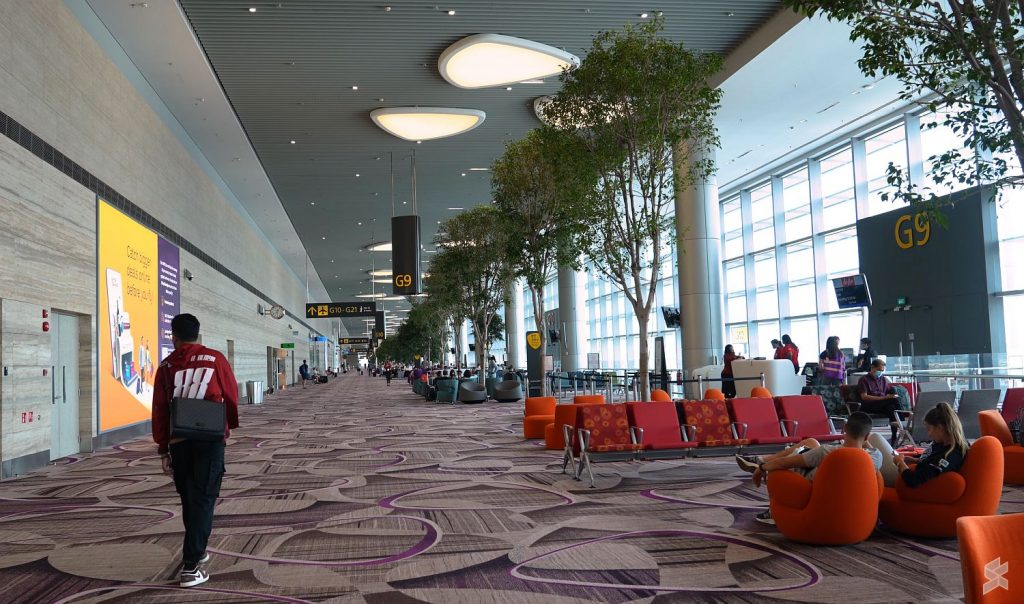
All gates are equipped with automated boarding gates placed right before the jet bridge. When it is time to board the aircraft, passengers are only required to scan their boarding pass and their face to exit the lane. Unlike KLIA2, most of the gates are quite reachable within 5-7 minutes after clearing immigration which is good news for travellers who hate long walks.
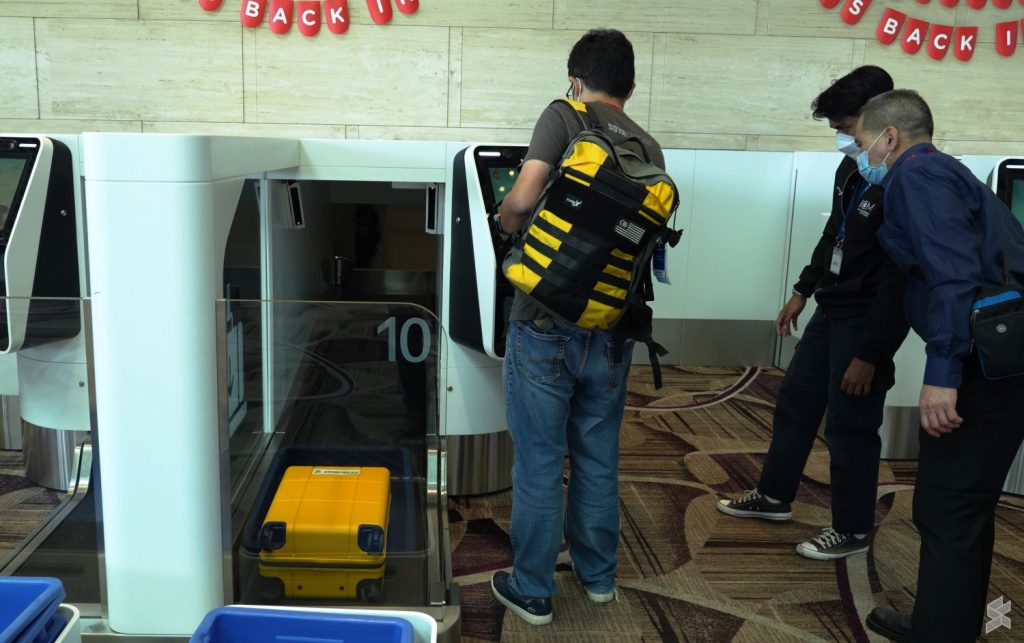
During my check-in and baggage drop experience on 15th September, there were a couple of teething issues. The baggage scanner couldn’t match my name to my boarding pass and I suspect this could be due to the luggage tag. My trip to Singapore was a group booking and the self-service kiosks didn’t ask for my name when I printed out my luggage tag, which I suspected could be the main issue. Fortunately, there was a staff around the area which provided some assistance with my baggage drop issue.
Overall, Changi T4 is a well-designed airport and it is amazing how they managed to maximise space by using technology to replace traditional touchpoints. At certain points of the airport, you can see both landside and airside through the large windows, which gives you a feeling that the boarding gates are closer than you think. This should be an example for all future airports and hopefully Malaysia would adopt some of the clever designs which can make air travel less stressful.
Singapore is now set to build T5, a new larger airport terminal capable of handling about 50 million passengers per annum. The new terminal is expected to be as big as T1 to T4 combined and it is set to open sometime in mid-2030.
Related reading
- AirAsia returns to Singapore’s Changi T4: Here’s why it’s important for the airline
- Baggage trolleys in KLIA were made to be used on escalators, but they aren’t allowed now. Here’s why
- Face masks no longer required on AirAsia and MAS flights except for certain destinations
- Malaysia Airlines ditches seatback screens for its 737, but is it really to go green?








